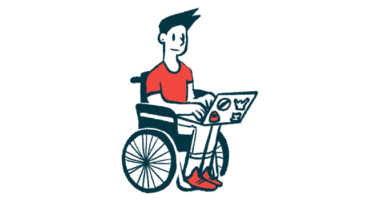
FAQs about SMA type 3
Spinal muscular atrophy (SMA) affects roughly one in every 10,000 live births. Type 3 disease accounts for about 10%-20% of all cases of SMA.
There is no cure for any form of spinal muscular atrophy (SMA), but there are several disease-modifying therapies approved to treat type 3 and other main forms. These medicines can slow the progression of SMA, allowing patients to retain more motor function for longer.
Spinal muscular atrophy (SMA) type 3 is characterized by progressive muscle weakness, and as the disease progresses, it can make some day-to-day activities difficult to do independently. People with SMA may benefit from the help of a caregiver, whether in the form of informal aid from a family member, or a paid professional such as a personal care attendant (PCA). There is a lot of variability in motor function among people with SMA type 3, so care needs vary from patient to patient and over time.
In type 3 spinal muscular atrophy (SMA), symptoms manifest anywhere between late toddler age and the end of adolescence. Some type 3 patients may first experience disease symptoms during early adulthood, though onset in adulthood is usually classified as type 4 SMA. As life expectancy is not affected in this disease form, most people with SMA type 3 live well into adulthood.
The expected life expectancy for someone with spinal muscular atrophy (SMA) type 3 is not different than that of the general population.
 Fact-checked by
Fact-checked by 




